Many Healthcare Bankruptcies Linked To PE Firms
I often talk about the pernicious impact that private equity firms have on healthcare. Where the firms are successful, they tend to drive up costs in the system by buying provider groups, including owning emergency room providers, and pushing for huge payouts in No Surprises Act (NSA) arbitrations. They also own hospitals where they cut costs due to high debt. Quality of course suffers and patient care takes a back seat. Such firms also force providers to practice at high-cost hospital places of service (the same is true for hospitals who are independent but are buying up doc groups).
But the other pernicious impact is on shoddy investments and the churn and fallout that occurs. PE firms tend to saddle the entities they buy with debt. What’s more, some of the investments are questionable and speculative. A new report says that more than a fifth of the healthcare companies that filed for bankruptcy last year were owned by private equity firms. This is double the year prior. And Moody’s Investor Services says there will be more PR-firm bankruptcies down the road. KKR and H.I.G Capital are repeat offenders with bankruptcies.
Congress is investigating the far-reaching impacts PE firms have on healthcare. The Federal Trade Commission is looking too. They both should. I am all in favor of a private market in healthcare, but it should be accountable.
(Some articles may require a subscription.)
Additional articles:https://www.modernhealthcare.com/finance/private-equity-healthcare-2023-bankruptcy-envision-genesiscare-no-surprises-act and https://www.healthcaredive.com/news/private-equity-stakeholder-project-healthcare-bankruptcy/713297/
#privateequityfirms #healthcare #hospitals #providers
Trauma Care Costs Vary Dramatically
More evidence that our price system in healthcare is broken. A new peer-reviewed analysis in the Journal of the American Medical Association finds that prices for initiating hospital trauma center care vary wildly. This can even mean patients with insurance paying more than those without coverage. Prices varied 16-fold across 761 hospitals. Among Level 1 trauma centers, the median cash price for minor services was 25% lower than the median insurer negotiated rate. And how bad have plans’ provider relations departments become that they allow such wide disparities in price and more advantageous uninsured cash prices?
(Article may require a subscription.)
#hospitals
https://www.modernhealthcare.com/providers/hospital-prices-emergency-care-2023-jama
Sanders Now Pushing For Price Concessions For GLP-1s
Arguing the drugs costs $5 per month to manufacture, Senator Bernie Sanders, I-VT, is pushing Novo Nordisk to drop the price of diabetes and weight-loss drugs Ozempic and Wegovy. The drugs are $900 to $1,350 per month. Of course, Big Pharma says the study is activist funded and is misleading. They say it is based on gross not net prices. But it is clear that even against net prices, Americans pay far more than in other developed countries. So, here’s to Bernie! He has had success on other drugs.
At the same time, Eli Lilly is boasting about a recent study that says its weight-loss drug can be effective for sleep apnea. But could it not be that the lion’s share of the benefit is tied to weight loss? Brand drug makers are looking for any avenue to sell high-priced drugs across diagnoses.
Sleep apnea article: https://thehill.com/policy/healthcare/4600259-weight-loss-drug-zepbound-sleep-apnea-reduction-research/
(Some articles may require a subscription.)
#drugpricing #ira #branddrugmakers #weightlossdrugs
https://insidehealthpolicy.com/daily-news/sanders-presses-lower-semaglutide-drug-prices-novo-nordisk-responds-costs
— Marc S. Ryan





